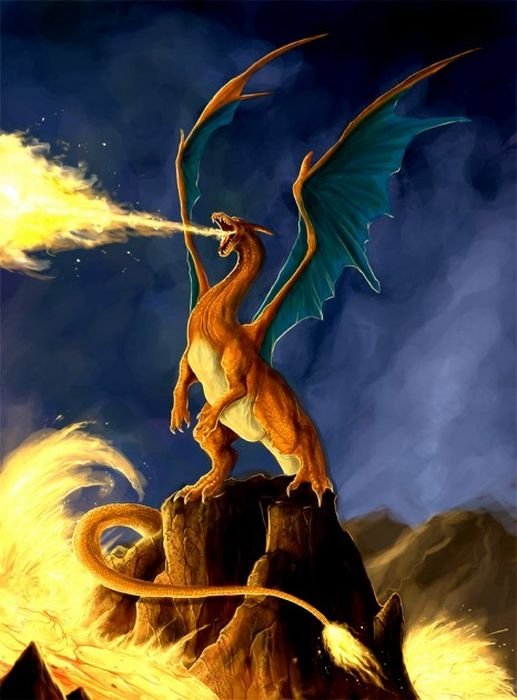|
|
Pokémon Drawing
|
In most incarnations of the fictional Pokémon universe, a Trainer that encounters a wild Pokémon is able to capture that Pokémon by throwing a specially designed, mass-producible spherical tool called a Poké Ball at it. If the Pokémon is unable to escape the confines of the Poké Ball, it is officially considered to be under the ownership of that Trainer. Afterwards, it will obey whatever its new master commands, unless the Trainer demonstrates such a lack of experience that the Pokémon would rather act on its own accord. Trainers can send out any of their Pokémon to wage non-lethal battles against other Pokémon; if the opposing Pokémon is wild, the Trainer can capture that Pokémon with a Poké Ball, increasing his or her collection of creatures. Pokémon already owned by other Trainers cannot be captured, except under special circumstances in certain games. If a Pokémon fully defeats an opponent in battle so that the opponent is knocked out (i.e., "faints"), the winning Pokémon gains experience and may level up. When leveling up, the Pokémon's statistics ("stats") of battling aptitude increase, such as Attack and Speed. From time to time the Pokémon may also learn new moves, which are techniques used in battle. In addition, many species of Pokémon possess the ability to undergo a form of metamorphosis and transform into a similar but stronger species of Pokémon, a process called evolution.
In the main series, each game's single-player mode requires the Trainer to raise a team of Pokémon to defeat many non-player character (NPC) Trainers and their Pokémon. Each game lays out a somewhat linear path through a specific region of the Pokémon world for the Trainer to journey through, completing events and battling opponents along the way. Each game features eight especially powerful Trainers, referred to as Gym Leaders, that the Trainer must defeat in order to progress. As a reward, the Trainer receives a Gym Badge, and once all eight badges are collected, that Trainer is eligible to challenge the region's Pokémon League, where four immensely talented trainers (referred to collectively as the "Elite Four") challenge the Trainer to four Pokémon battles in succession. If the trainer can overcome this gauntlet, he or she must then challenge the Regional Champion, the master Trainer who had previously defeated the Elite Four. Any Trainer who wins this last battle becomes the new champion and gains the title of Pokémon Master.
Pokémon, being a popular franchise, has undoubtedly left its mark on pop culture. The Pokémon characters themselves have become pop culture icons; examples include two different Pikachu balloons in the Macy's Thanksgiving Day Parade, Pokémon Jets operated by All Nippon Airways, thousands of merchandise items, and a theme park in Nagoya, Japan in 2005 and Taipei in 2006. Pokémon also appeared on the cover of the U.S. magazine Time in 1999. The Comedy Central show Drawn Together has a character named Ling-Ling which is a direct parody of Pikachu. Several other shows such as ReBoot, The Simpsons, South Park, The Grim Adventures of Billy & Mandy, Robot Chicken,All Grown Up! and Johnny Test have made references and spoofs of Pokémon, among other series. Pokémon was also featured on VH1's I Love the '90s: Part Deux. A live action show called Pokémon Live! toured the United States in late 2000. It was based on the popular Pokémon anime, but had some continuity errors relating to it. In music, Alex Day has released a song titled "Pokémon, What Happened to you...".
|
|









